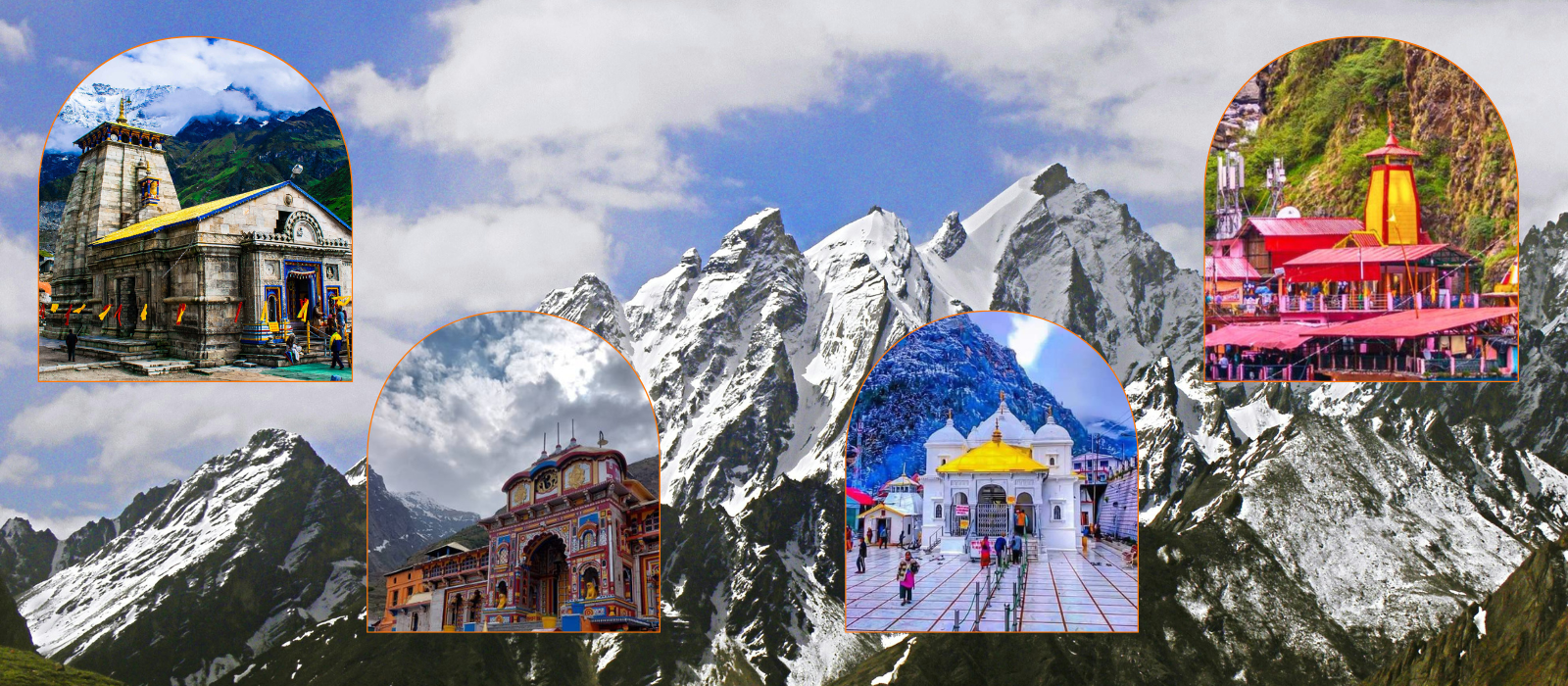
Kedarnath Tour Guide
Kedarnath, one of the twelve Jyotirlingas, is not just a temple—it's a spiritual journey set amidst the Himalayas. From sacred history to scenic beauty, this guide helps you explore Kedarnath completely with Shree Ram Tourism's.
The Kedarnath Temple is dedicated to Lord Shiva and is one of the most revered shrines in India. Situated at an altitude of 3,583 meters in the Garhwal Himalayas, it stands as a testament to ancient architecture and spiritual energy. Built from massive stone slabs, the temple has survived centuries of natural calamities. It is believed that Adi Shankaracharya revived the shrine in the 8th century. Despite its remote location and harsh weather, devotees gather in large numbers each year. The temple's surroundings of snow-covered peaks and the Mandakini River make it even more divine. Visiting this temple is considered a once-in-a-lifetime blessing.
Kedarnath has a profound mythological significance. It is said that after the Mahabharata war, the Pandavas sought Lord Shiva for penance. To avoid them, Lord Shiva disguised himself as a bull and hid in the Garhwal Himalayas. When discovered, he dived into the earth, leaving his hump behind. This hump is now worshipped at Kedarnath Temple. Other body parts of Shiva appeared at various locations, forming the Panch Kedar. The current temple is believed to be built on the same site mentioned in the Skanda Purana. Many stories and spiritual beliefs are associated with this divine land, enriching its sacred aura.
Reaching Kedarnath requires both road travel and a trek. From Haridwar or Rishikesh, one can take a cab or bus to Sonprayag. From there, shared jeeps take you to Gaurikund, which is the starting point of the 16 km trek. The trek route is well maintained with basic facilities and food stalls. For senior citizens or those unable to trek, pony, palki, and helicopter services (from nearby areas, not direct to temple) are available seasonally. It's important to check weather and path conditions before starting the journey. Planning your travel well ensures a comfortable and fulfilling yatra experience.
The trek to Kedarnath from Gaurikund is a soul-stirring journey filled with natural beauty and spiritual vibes. It covers 16 kilometers and climbs gradually through green forests, river streams, and snow-covered paths. Pilgrims pass through key points like Jungle Chatti, Bheembali, and Linchauli. Along the route, one encounters fellow devotees, chants of “Har Har Mahadev,” and breathtaking Himalayan views. Basic shelters and medical facilities are available en route. Though challenging, it is manageable with proper preparation. The trek tests physical endurance but also offers inner peace and divine connection at every step.
The best time to visit Kedarnath is between May and June and again from September to mid-November. During these months, the weather is relatively pleasant and the routes remain open and safe. The temple generally opens after Akshaya Tritiya and closes on Bhai Dooj due to snowfall. Avoid monsoon months (July–August) as landslides are frequent and the terrain becomes slippery. September offers clearer skies and fewer crowds. Winters are extremely harsh, and the temple is closed during that time. Always check official dates and weather forecasts before planning your journey.
Preparing for Kedarnath Yatra requires both physical and mental readiness. Start exercising a few weeks prior to improve stamina. Always wear layered warm clothing and carry waterproof gear. Trek with a light backpack containing essentials like water, energy bars, torch, and basic medicines. Book your stay and registration early during peak season. Maintain cleanliness, respect local customs, and avoid littering the holy site. Keep government ID proof handy. Follow the instructions of local authorities and stay updated on weather conditions. If unsure about trekking, opt for pony or palki services. Your safety and devotion go hand in hand.
